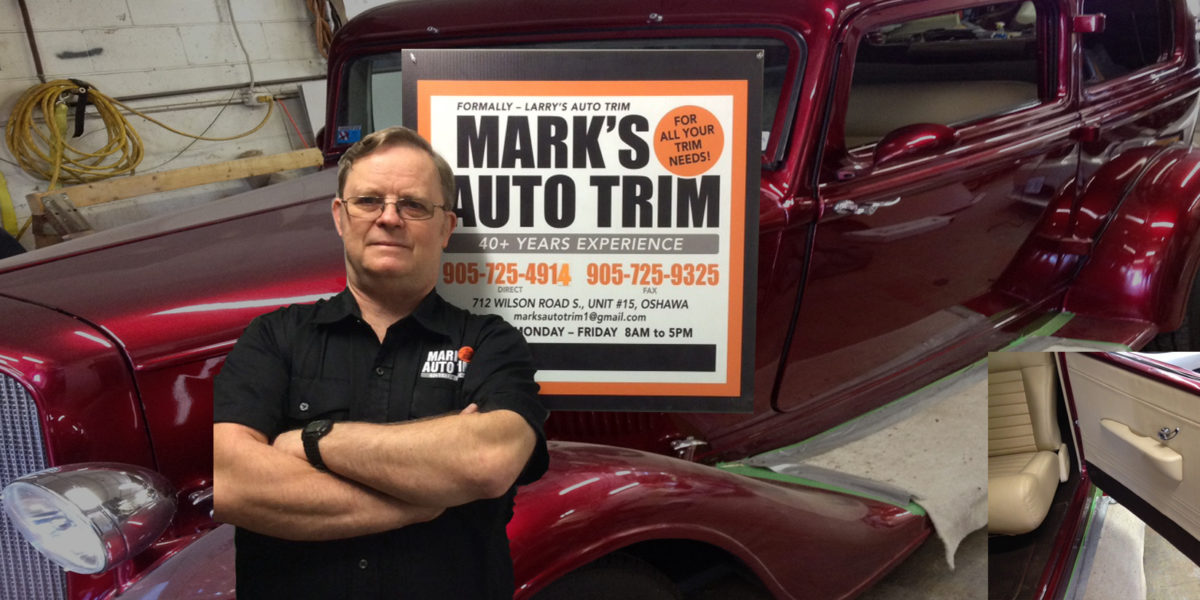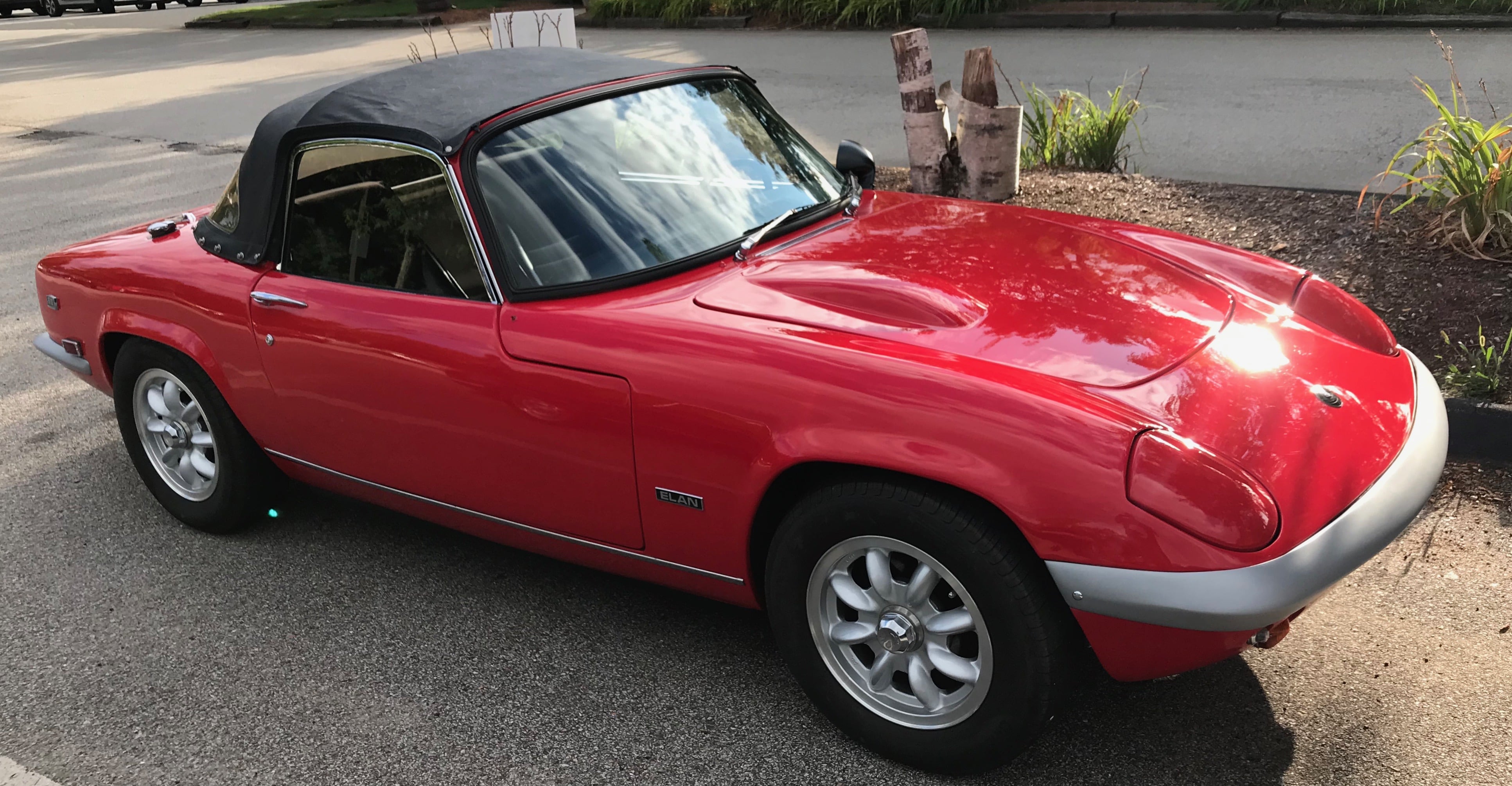When it comes to car interiors, leather has long been a preferred material, offering a blend of sophistication, durability, and comfort. Choosing the right type of leather for car upholstery and seats involves more than just selecting what looks good—it’s about understanding the types of leather, their properties, and how they align with your lifestyle and preferences. This comprehensive guide will help you make informed decisions while also addressing where to find leather for car seats and upholstery services near you.
Best Type of Leather for Car Seats
The best type of leather for car seats depends on factors such as your budget, aesthetic preferences, durability needs, and how much maintenance you’re willing to undertake. Here are some popular options:
Full-Grain Leather
- Features: Full-grain leather is the highest-quality leather available. It retains the natural grain and imperfections, making it extremely durable and luxurious.
- Pros: Long-lasting, ages beautifully, and develops a patina over time.
- Cons: Expensive and requires regular maintenance.
- Best For: Luxury cars or anyone looking for a premium, timeless interior.
Top-Grain Leather
- Features: Slightly lower quality than full-grain but still excellent for car seats. The surface is sanded and treated for a uniform appearance.
- Pros: Softer, stain-resistant, and more affordable than full-grain leather.
- Cons: Less durable than full-grain leather.
- Best For: Mid-range to luxury cars or anyone seeking a balance between quality and cost.
Corrected-Grain Leather
- Features: Made from lower-quality hides and embossed to hide imperfections. Often coated with synthetic material.
- Pros: Affordable, easy to clean, and resistant to stains.
- Cons: Less breathable and doesn’t develop a patina.
- Best For: Family vehicles or cars that experience heavy usage.
Nappa Leather
- Features: A type of full-grain leather that’s soft, smooth, and dyed with water-soluble colorants.
- Pros: Luxurious texture, long-lasting, and highly flexible.
- Cons: Expensive and requires regular upkeep.
- Best For: High-end vehicles and premium interiors.
Synthetic Leather (Leatherette)
- Features: A man-made alternative to genuine leather, often made from polyurethane (PU) or polyvinyl chloride (PVC).
- Pros: Affordable, eco-friendly, and low maintenance.
- Cons: Less breathable and doesn’t have the luxurious feel of genuine leather.
- Best For: Budget-conscious buyers or vehicles used for ridesharing or frequent commuting.
Types of Leather for Car Seats
Understanding the types of leather used in car interiors can help you make the right choice. Let’s delve deeper:
Aniline Leather
- Treated with soluble dyes to retain its natural texture and softness.
- Offers a luxurious feel but is more prone to stains and fading.
Semi-Aniline Leather
- Slightly treated with a protective coating, making it more resistant to wear and stains.
- Strikes a balance between comfort and durability.
Pigmented Leather
- Coated with a layer of polymer and pigments, making it more durable and easy to clean.
- Often used in family cars or vehicles with heavy traffic.
Perforated Leather
- Features small holes for enhanced breathability and comfort.
- Commonly used in cars with heated or ventilated seats.
Leather for Car Dashboard
Leather isn’t just for seats; it can also elevate the look and feel of your car’s dashboard. Here are the types of leather suitable for dashboards:
Full-Grain Leather
- Provides a luxurious and premium look.
- Requires regular cleaning and conditioning to prevent cracking.
Bonded Leather
- A more affordable option made from leather scraps bonded with polyurethane.
- Less durable but suitable for budget-friendly upgrades.
Synthetic Leather
- Ideal for dashboards due to its resistance to UV rays and heat.
- Low maintenance and cost-effective.
When choosing leather for your dashboard, consider the climate where you live. Excessive heat or sun exposure can damage natural leather, making synthetic options more practical in hotter regions.
Full-Grain Leather Car Seats
Full-grain leather is often regarded as the pinnacle of luxury for car interiors. Here’s why it stands out:
- Durability: Full-grain leather is highly resistant to wear and tear, making it perfect for long-term use.
- Comfort: Over time, full-grain leather adapts to your body, providing unmatched comfort.
- Aesthetic Appeal: Its natural grain patterns and imperfections give it a unique, organic look.
- Maintenance: While it requires regular conditioning, its longevity makes the effort worthwhile.
If you’re investing in a high-end vehicle or looking to add value to your car, full-grain leather seats are a top choice.
Leather for Car Seats Near Me
If you’re considering upgrading your car’s upholstery or replacing worn-out leather seats, finding local suppliers and installers is crucial. Here’s how to go about it:
Local Upholstery Shops
- Search for “car leather upholstery near me” to find specialists who can source and install leather seats for your vehicle.
- Many shops offer customizations, allowing you to choose the type, color, and stitching for your leather.
Automotive Dealerships
- Dealerships often provide leather seat upgrades as part of their offerings.
- While more expensive, this option ensures compatibility with your vehicle’s design.
Online Retailers
- Websites like eBay or Amazon sell leather seat covers and kits for DIY enthusiasts.
- Ensure you purchase from reputable sellers to guarantee quality.
Car Leather Upholstery Near Me
Finding a reliable upholstery service can make all the difference when it comes to quality and longevity. Here are some tips:
Read Reviews
- Look for reviews and testimonials on platforms like Google, Yelp, or social media.
- Positive reviews often indicate skilled craftsmanship and good customer service.
Check Portfolios
- Ask for before-and-after photos of previous projects to assess the quality of work.
- Ask About Materials
Ensure the shop uses high-quality leather and offers a range of options to suit your budget and preferences.
Get a Quote
Compare prices from multiple shops to ensure you’re getting a fair deal.
Additional Considerations
Leather Care and Maintenance
Investing in leather seats and upholstery requires proper care:
- Clean regularly with a pH-neutral leather cleaner.
- Condition the leather to prevent cracking and fading.
- Avoid prolonged exposure to sunlight and extreme temperatures.
Cost of Leather Upholstery
The cost varies depending on the type of leather, customization, and labor. Full-grain leather is the most expensive, while synthetic options are budget-friendly.
Conclusion
Choosing the best leather for car upholstery and seats is a decision that blends personal preferences with practical considerations. Whether you prioritize luxury, durability, or affordability, understanding the types of leather and their applications will help you make an informed choice. From full-grain leather for premium interiors to synthetic options for budget-conscious drivers, there’s something for everyone.
If you’re ready to upgrade your car’s interior, start by exploring local upholstery shops or car dealerships. By investing in high-quality leather and maintaining it properly, you can enjoy a stylish and comfortable ride for years to come.

